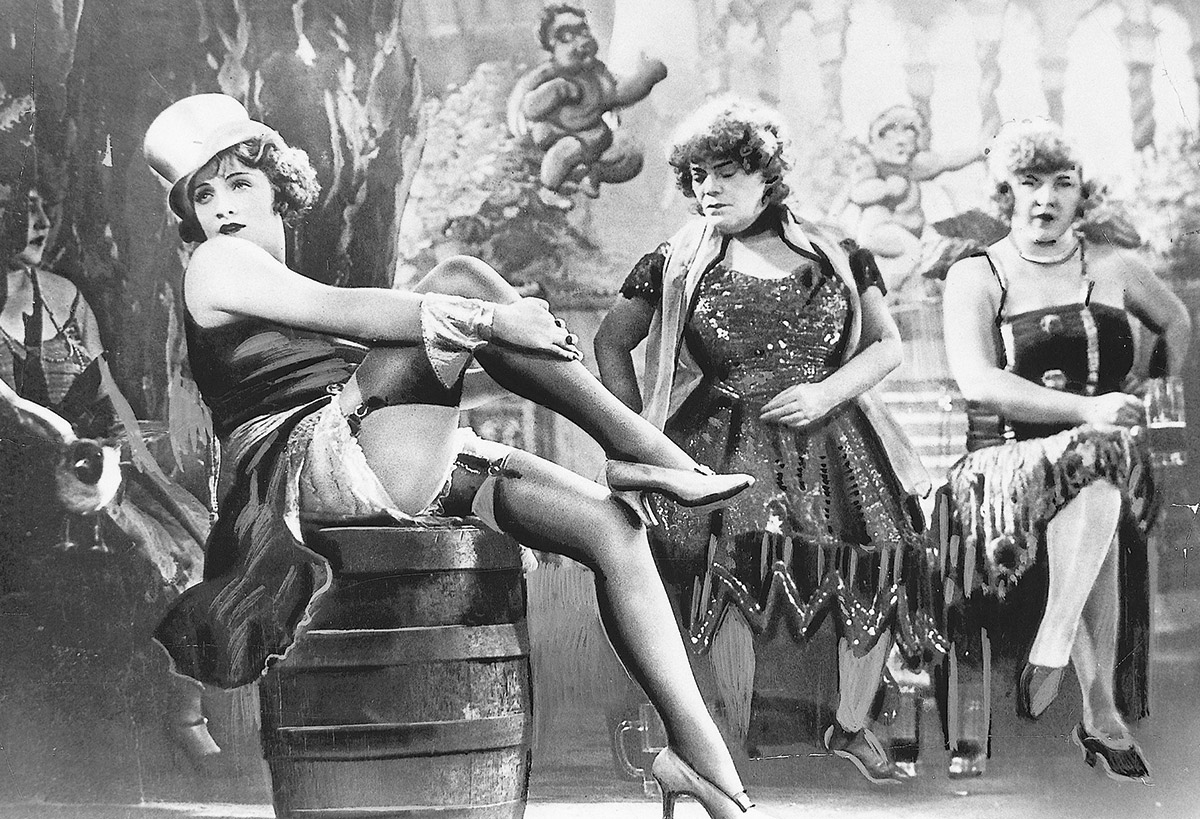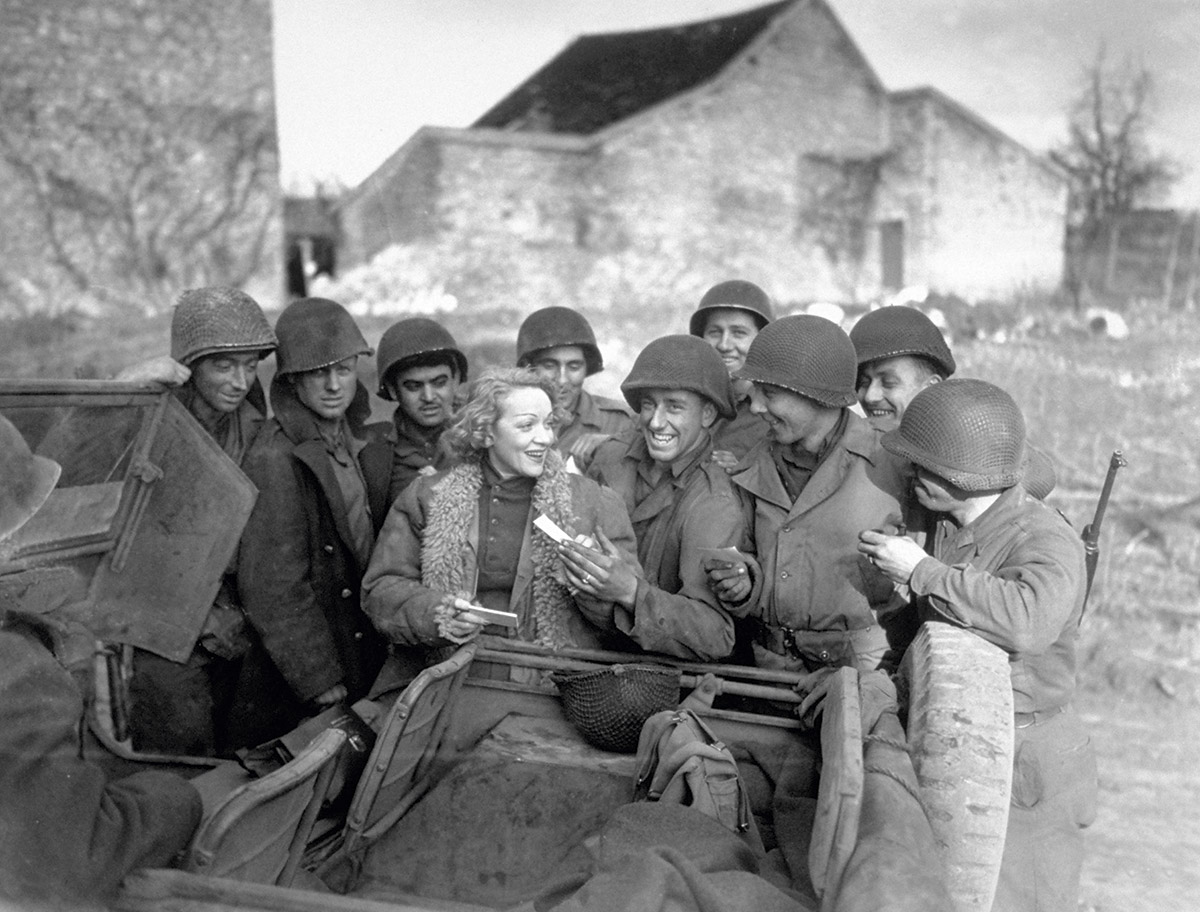Marlene Dietrich
The most prominent name in connection with the Schöneberger Insel is no doubt Marlene Dietrich. She was born on 27 December 1901 in Sedanstrasse 53 (now Leberstrasse 65). Two memorial plaques on the house recall the world star.
After small parts in silent films and on the stage Marlene Dietrich achieved her breakthrough as “Lola Lola” in Josef von Sternberg’s film “The Blue Angel”. After the world premiere in Germany she followed Sternberg to Hollywood and was signed by Paramount Studios.
Marlene Dietrich resisted the attempts of the Nazis to entice her to return to Germany. Instead she gave up her German citizenship in 1939. She supported émigrés and interrupted her acting career to appear before the American troops in North Africa and Europe.
From the mid-1950s on Marlene Dietrich appeared on stage almost only as a singer. In 1960 she returned to Berlin for the first time within the framework of a concert tour, where she was met with fierce hostility from the press and population and was defamed as a “traitor to the Fatherland”. Nevertheless, Marlene Dietrich felt a close connection with her native city. She called her autobiography “Ich bin, Gott sei Dank, Berlinerin” (Thank heavens I’m a Berliner, published in English as “Marlene”).
Marlene Dietrich died in her flat in Paris in 1992. She is buried in Berlin-Friedenau. Her recognition came late: a square was named after her in 1997 and she was posthumously granted honorary citizenship of Berlin in 2002.




